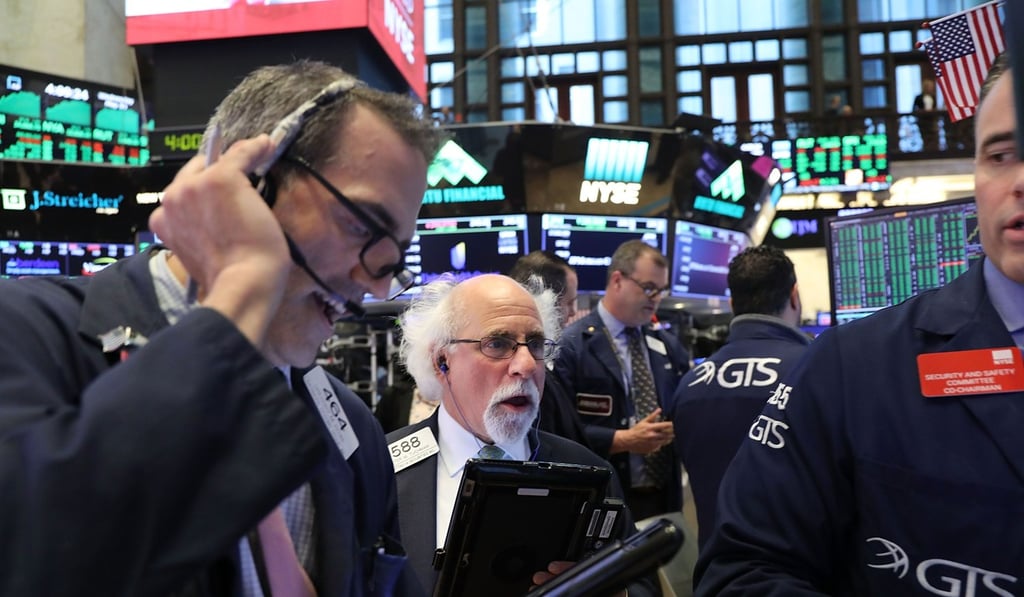Macroscope | Is a bear market around the corner? Not yet, but some caution and strategic thinking would help
Varun Ghotgalkar says emerging risks around the world have understandably spooked some investors, though markets do not seem to be heading for a sustained downturn yet

The current US bull market has been one of the longest in recent financial history, lasting over 80 months and delivering an annualised real price return of just over 12 per cent in US dollar terms. To put this in perspective, if we look at the history, the 12 S&P500 rallies that have taken place since the 1950s have had a median annualised real price return of 15.4 per cent and have typically lasted around four years.
In 2018, the economic and political backdrop has been more unstable with the Citigroup Economic Surprise Index losing around 50 points, 10-year US Treasury yields moving up by around 50 basis points and the Baker, Bloom & Davis Global Economic Policy Uncertainty Index jumping almost 40 per cent since the end of February. This instability, slowing macro momentum and a faster-than-expected rise in interest rates have resulted in choppy global equity markets since February, leaving investors worried about the prospects of a looming bear market.
